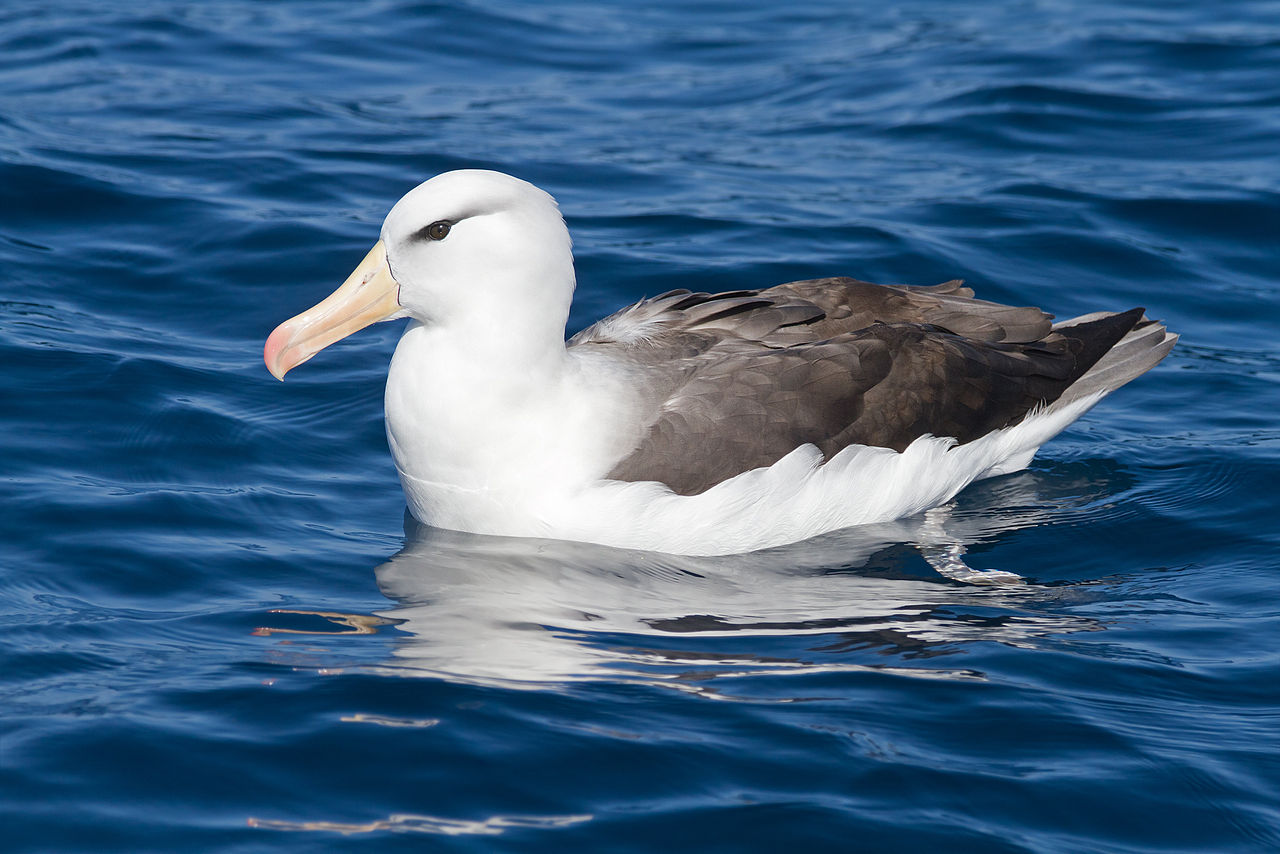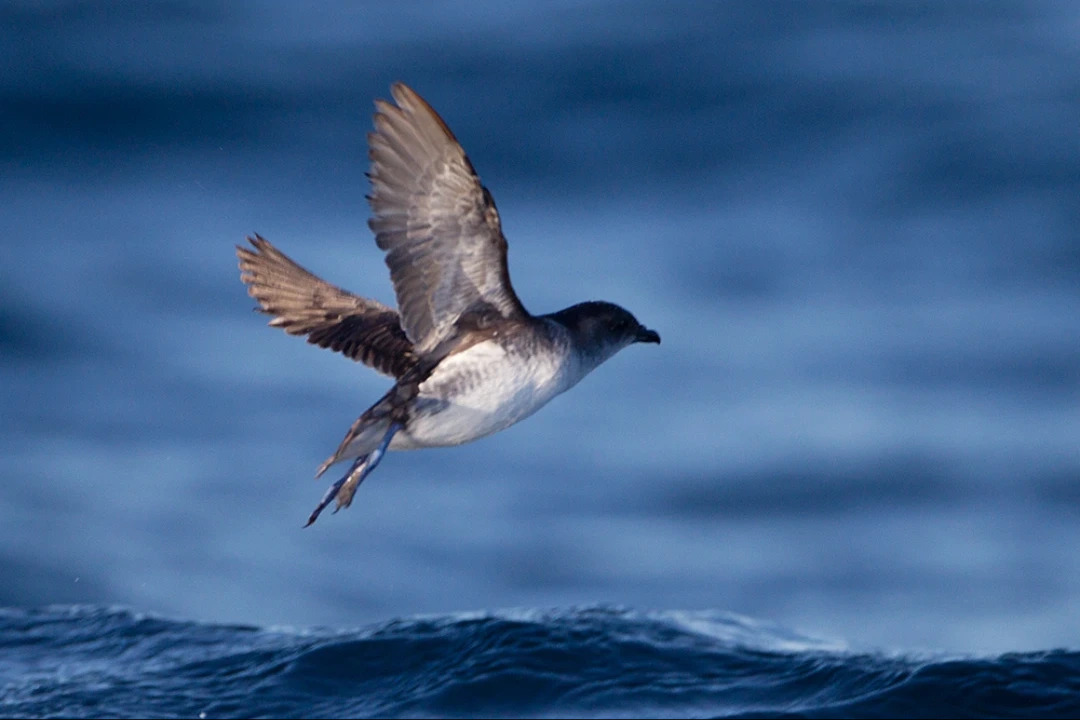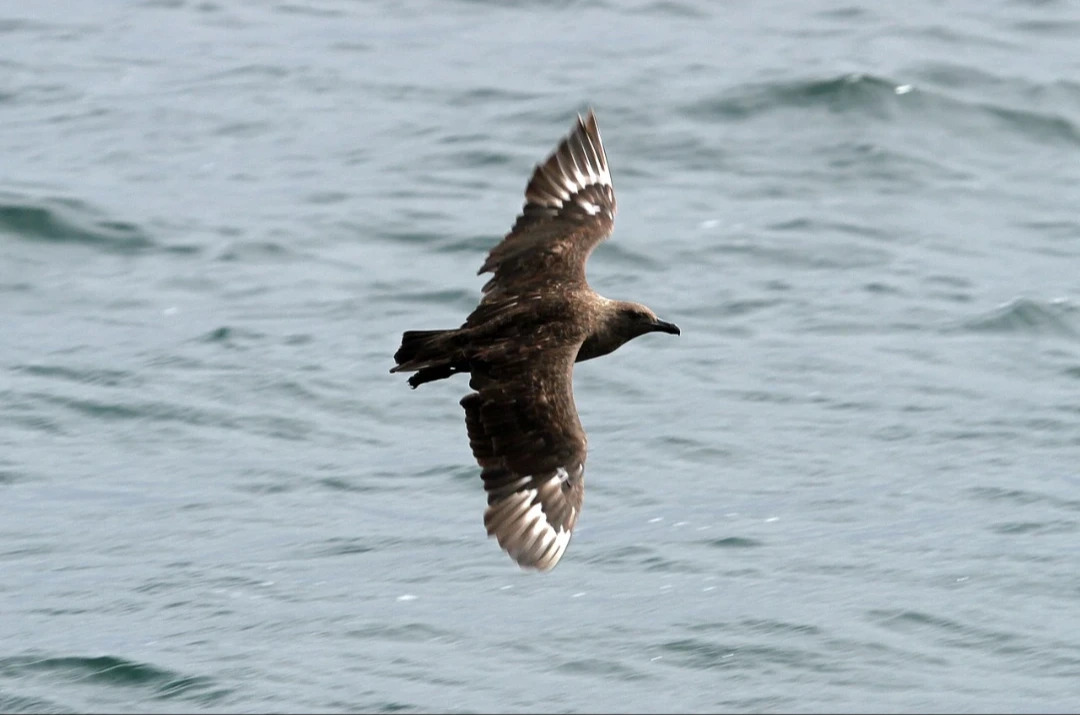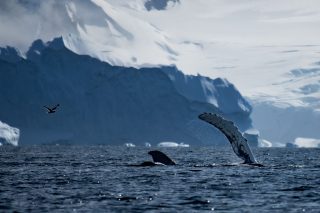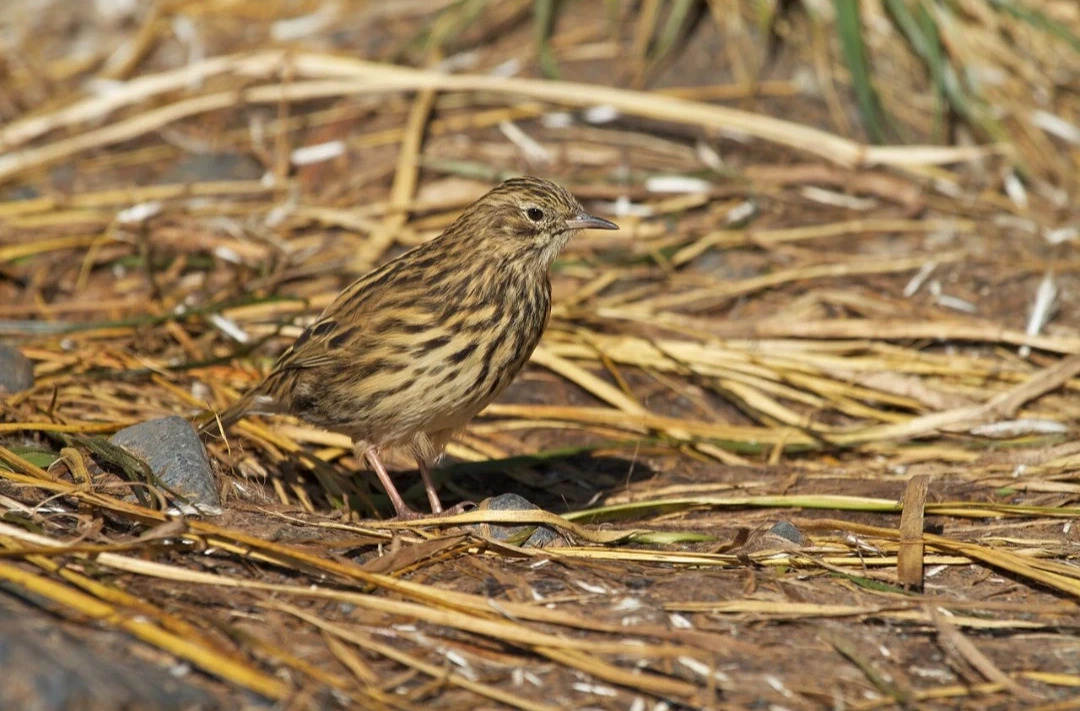Antarctic Terns
Antarctic terns (Sterna vittata) are medium-sized seabirds found primarily in the sub-Antarctic region and coastal areas of Antarctica. Recognisable by their slender bodies, long wings, and distinctive black caps, these terns are skilled aerial foragers, feeding primarily on fish and crustaceans, which they catch through agile dives. They nest in colonies on the ground, often in proximity to water, where they lay eggs in simple scrapes.
These terns are known for their long migrations, with many individuals travelling significant distances between breeding and wintering grounds. However, Antarctic terns face threats from climate change, habitat disturbance, and predation by introduced species such as rats and cats on breeding islands.
Conservation efforts aim to protect nesting habitats and manage invasive species to support population stability and ecosystem health in their breeding areas.
Antarctic Tern (Sterna vittata)
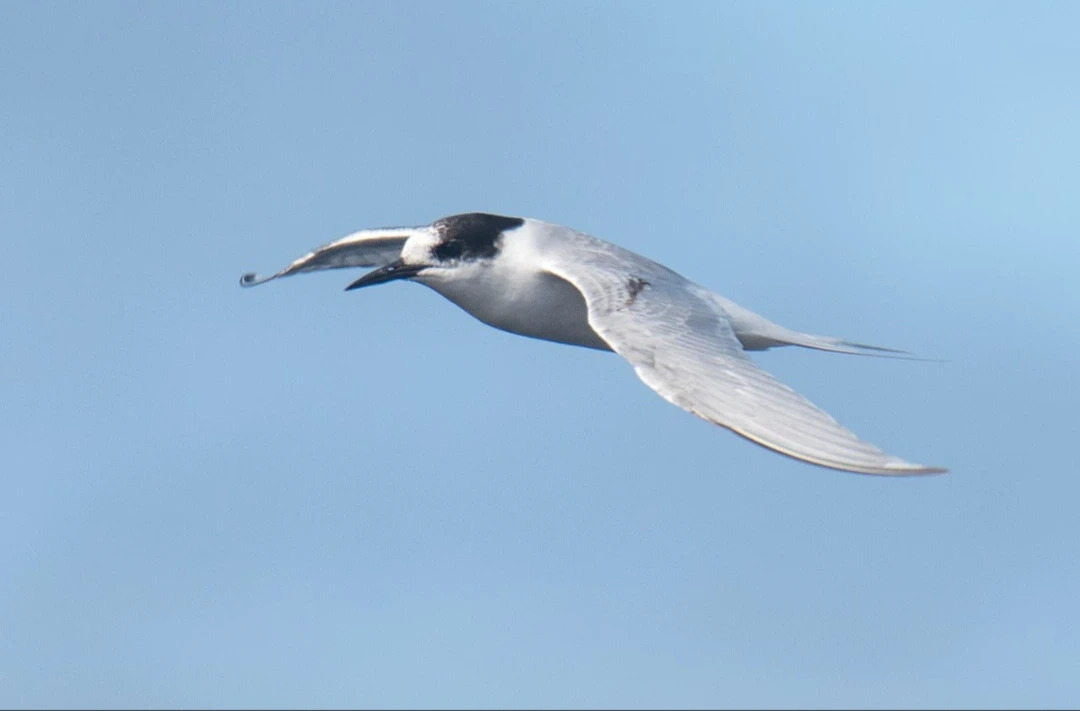
Appearance and Size
The Antarctic tern is a medium-sized tern, measuring about 31 to 38 cm (12 to 15 inches) in length, with a wingspan of approximately 77 to 98 cm (30 to 38.5 inches), and weighing around 100 to 150 grams (3.5 to 5.3 oz). It’s plumage is predominantly white, with a distinctive black cap and a sharp, slender bill that is often red or black. In flight, its long, pointed wings and forked tail are characteristic of the tern family, making it an agile and graceful flier.
Behaviour
Antarctic terns are highly social birds, often nesting in colonies and engaging in complex communal interactions. They are known for their aggressive defence of nesting sites against intruders, using coordinated attacks to deter potential predators. Their flight is buoyant and precise, allowing them to hover and plunge-dive for prey with remarkable efficiency.
Diet
Their diet primarily consists of small fish and krill, which they catch by skillfully diving into the water from the air. This foraging strategy allows them to exploit the rich marine resources of the Southern Ocean, playing an essential role in the region’s ecological dynamics.
Reproductive Cycle
Breeding takes place in colonies on rocky, isolated shores or islands, where Antarctic terns lay one to three eggs in shallow scrapes or nests lined with vegetation. Both parents share the responsibilities of incubating the eggs and feeding the chicks, demonstrating strong parental investment in the survival of their offspring.
Habitat and Range
The Antarctic tern is found throughout the Antarctic and sub-Antarctic regions, as well as on many South Atlantic islands. Their habitat selection is influenced by the availability of suitable nesting sites and proximity to feeding grounds, underscoring their dependence on the marine environment for survival.
The conservation of the Antarctic tern is crucial for maintaining the health and diversity of polar marine ecosystems. Protecting these birds and their breeding and foraging areas ensures the preservation of the intricate web of life that characterizes the Antarctic’s unique landscapes.
Understanding the ecological role and challenges faced by the Antarctic tern is key to fostering a deeper appreciation for the complexity of life in polar regions and the need for concerted efforts to protect these vulnerable ecosystems from ongoing environmental threats.
Further reading
allaboutbirds.org has some fantastic resources on birds. Click here to find more information about Antarctic Terns.
Back To Top

